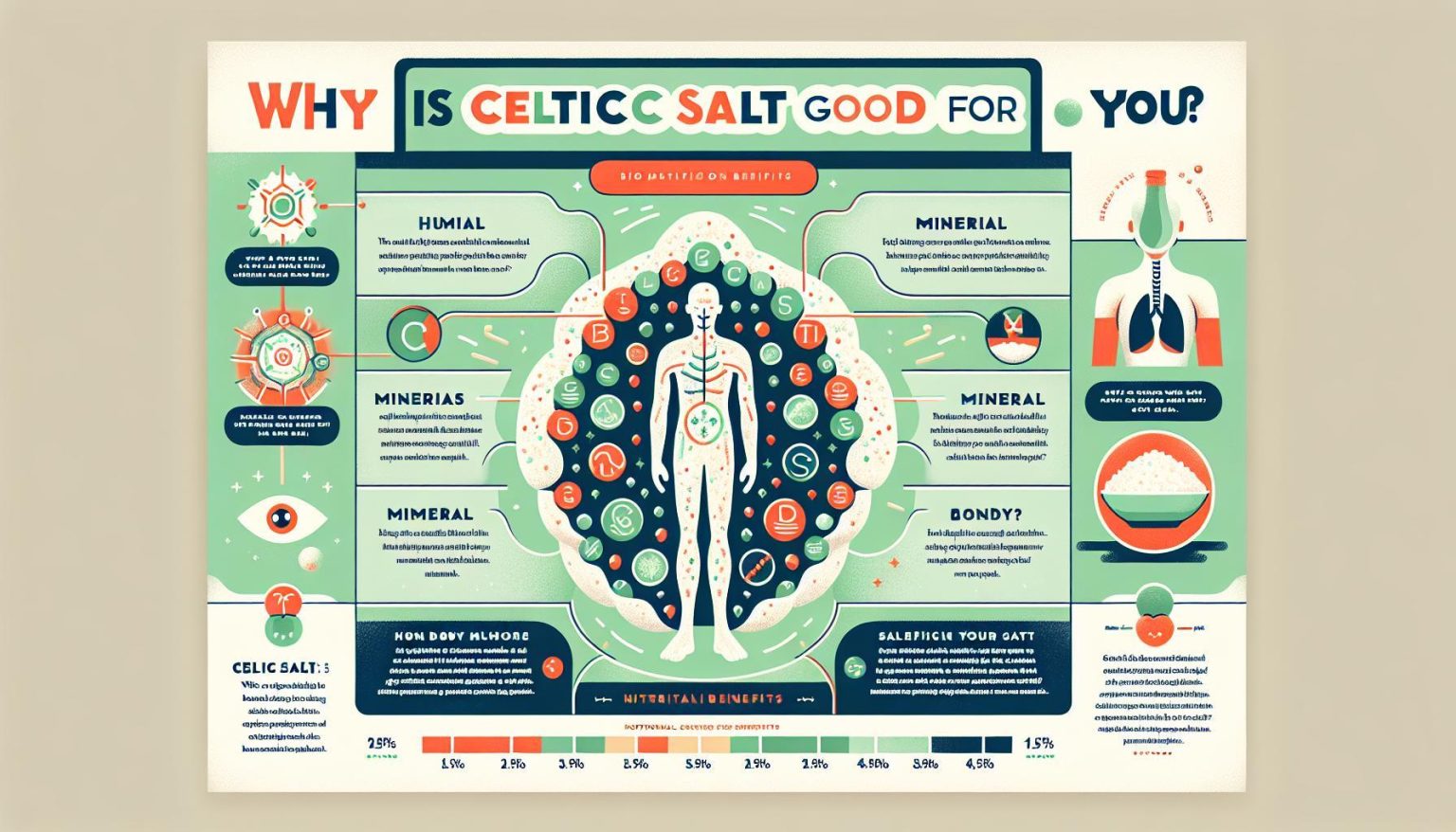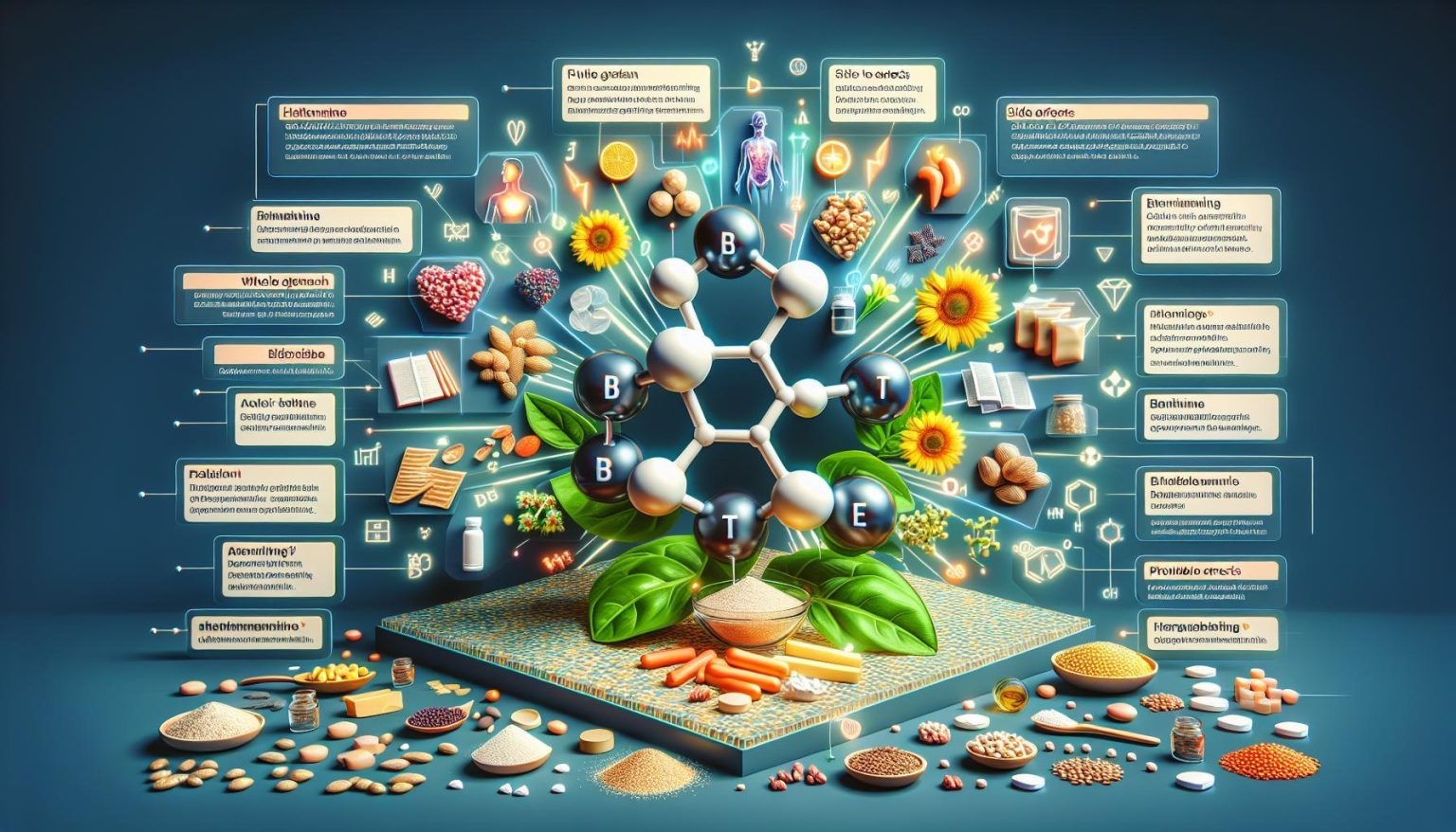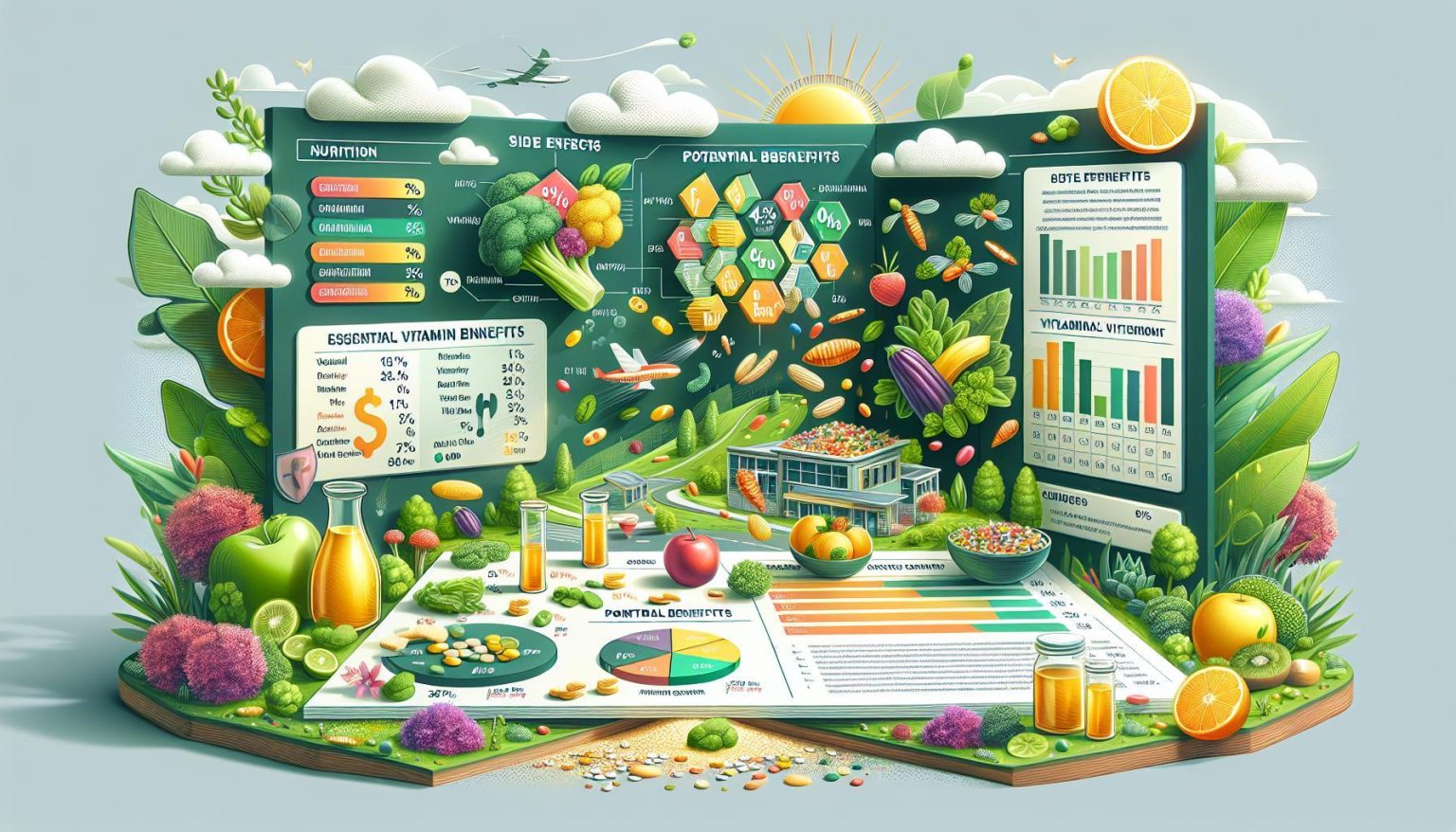Food security, a term often echoed in socio-economic circles, holds significant importance when discussing the needs and well-being of residents in remote areas. With particular focus on the Nutritional Needs for Remote Area Residents, food security becomes a crucial point of discussion. For a more comprehensive understanding, food security in remote locations can be defined as the ability of every individual in an isolated community to have access to adequate and nutritious food – a vital element for a healthy living.
The significance of food security goes beyond mere survival. Adequate nutrition contributes to cognitive development, mitigates the impacts of diseases, and overall enhances the quality of living, thereby adding to the sustainable growth of the community. Such importance emphasizes the need for understanding and improving the state of Food Security in Remote Locations.
Contributing Factors to Food Insecurity in Isolated Regions
Numerous factors contribute to the issue of food insecurity in remote areas. One of the most notable is the lack of a reliable source of fresh and nutritious food. The remote locations hinder traditional supply chains, making the access to fresh food items a challenge. Moreover, lower income levels restrict buying power, exacerbating the issue.
In addition, Preserving Nutrients in Non-Perishable Foods becomes an uphill task. Often, fresh foods are treated to increase their shelf life which can lead to nutrient degradation. Therefore, an understanding on Preserving Nutrients in Non-Perishable Foods is essential to address food insecurity.
Another aspect that can’t be overlooked is the issue of sustainable food production. A lot of remote areas lack the requisite resources for consistent food production, thus impacting food security. Knowledge of Sustainable Gardening for Nutrition can go a long way in addressing this gap.
Case Studies Highlighting Food Security Challenges
A case study from northern Canada showcases an alarming rate of food insecurity among indigenous communities. Limited access to nutritious food, high living costs, and low income were prime factors. A similar situation is prevalent in remote regions of Australia, where geographical isolation exacerbates the situation and contributes to food insecurity.
Another striking example is the Sahel region in Africa. Recurring droughts, political unrest, and poverty contribute to growing food insecurities, requiring urgent action and innovative solutions.
Having understood the implications and challenges of food security, we can now look towards exploring innovative solutions. The next section will uncover various innovative technologies and practices aimed at ensuring food access in isolated areas.
Innovative Solutions for Ensuring Food Access in Isolated Areas
Food security in remote areas presents a substantial challenge due to various factors like accessibility, climatic adversities, and limited resources. The application of innovative technologies and practices has emerged as a promising solution to address these challenges effectively. From the use of satellite-based technologies to smart agricultural practices, these modern initiatives offer a beacon of hope.
Introduction to Innovative Technologies and Practices
Technological innovations and contemporary methodologies bear the potential to transform the landscape of food production and supply in isolated locations. The implementation of techniques such as vertical farming, aquaponics, and hydroponics can immensely boost crop production, even under space and resource constraints. The use of technologies like drones for crop monitoring and delivery, artificial intelligence for predicting crop yields, and satellite imaging for efficient resource management are revolutionizing the way food is produced, accessed, and delivered in remote areas.
Examples of Successful Initiatives in Remote Areas
Various initiatives across the globe have successfully implemented innovative solutions to foster food security in isolated areas. In India, for example, Project Prithvi leveraged satellite imaging and precision farming to maximize crop yield while minimizing the use of resources. In Alaska, a drone delivery system was employed during the harsh winter months to ensure uninterrupted food supply in remote communities. Such examples serve to highlight the immense potential of innovative solutions in overcoming the barriers to food access in hard-to-reach places.
Benefits and Limitations of Different Solutions
While these solutions offer myriad benefits such as optimized resource usage, scalable food production, reduced food wastage, and improved accessibility, they are not without their limitations. The implementation of high-tech solutions often requires significant upfront capital costs and, in some cases, specialized knowledge and training. Moreover, geographical, climatic, and infrastructural challenges in remote locations can pose substantial challenges in the adoption and application of these technologies. Nonetheless, with supportive policies and strategic partnerships, it is possible to navigate through these hurdles and enhance food security in these isolated and underserved regions.
We must also take into consideration the impending threat posed by the effects of climate change on food security. In the next section, we will delve deeper into understanding the impact of climate change on food security in remote communities, present relevant case studies, and discuss potential strategies to mitigate these effects.
The Impact of Climate Change on Food Security in Remote Communities
Climate change is a major disruptor across various societal sectors, but its impact is especially stinging in remote communities heavily reliant on the bounty of nature for food security – a factor of profound importance to these communities. Remote regions, increasingly vulnerable to dramatic climatic shifts, find it challenging to maintain stability in food production and access. This article sheds light on the ongoing plight faced due to climate change, illustrated through pivotal case studies, while exploring strategic mitigation responses.
Overview of how Climate Change Affects Food Security in Remote Areas
A significant portion of remote communities globally depend on subsistence farming, fishing, and foraging, all of which are directly susceptible to changes in climate. Natural calamities, such as prolonged droughts, floods, erratic rainfall or unusual temperature shifts can hamper food production, affecting both quality and quantity. Changing weather patterns result in imbalance in the ecosystem, affecting the natural flora and fauna, fishing cycles and hence, food availability. Soil degradation, rising sea levels, and permafrost thaw are also significant threats that directly affect food production and consequently, food security.
Case Studies Showcasing the Impact of Climate Change on Food Production and Access
To underscore climate change’s toll on remote communities, let’s consider two stark case studies. The Inuit communities in the Canadian Arctic are witnessing a radical shift in their hunting and gathering patterns due to rising temperatures and melting ice caps. Consequently, traditional food sources, particularly marine life, are becoming scarcer.
Similarly, in the remote islands of Pacific, increasingly frequent and powerful tropical storms and the rising sea levels pose a formidable challenge. Not only does saline water intrusion render the land unfit for cultivation, major storms cause significant damage to vegetation and infrastructure, impeding food access.
Strategies for Mitigating the Effects of Climate Change on Food Security in Isolated Regions
Addressing the impact of climate change on food security in isolated areas warrants a multi-faceted approach. Strategic weather forecasting and climate-smart agricultural practices can ensure food production is not as severely affected. For instance, cultivating drought-resistant crops or practicing terraced farming can significantly boost agricultural yield despite adverse weather conditions.
Moreover, diversifying the food systems, shifting to renewable sources of energy and increasing the resilience of resources and communities are also essential for mitigation. Technological advancements in the form of satellite imagery, GPS technology as well as traditional knowledge systems also offer robust solutions to post and predict climate change impacts better, and hence, aid in dealing with the aftermath effectively.
In the next section, we will delve deeper into the concept of resilience and explore various strategies supporting sustainable food production in these challenging environments.
Building Resilience: Strategies for Sustainable Food Production in Hard-to-Reach Areas
The quest for food security in remote and hard-to-reach areas necessitates leaning into sustainable and resilient food production strategies. These strategies, designed to withstand environmental and economic shocks, allow communities to maintain a reliable food supply in both good times and bad.
Introduction to Sustainable Food Production Methods
Sustainable food production is more than a buzzword; it’s a system of farming practices designed to preserve and improve natural resources while providing healthful food. Central to this concept is the understanding that we rely on intact, functioning ecosystems for our food, and therefore must manage them with care.
For remote communities, this means leveraging methods like organic farming, agroforestry, and permaculture. Organic farming, which eschews synthetic pesticides and fertilizers, can improve soil fertility and biodiversity, thus fostering resilience. Agroforestry — incorporating trees into agricultural landscapes — can enhance productivity, diversify income, and protect against extreme weather events, while permaculture — designing agricultural systems that mimic natural ecosystems — can offer long-lasting food production with minimal inputs.
Case Studies Demonstrating Successful Sustainable Food Production in Remote Locations
Numerous case studies underscore the feasibility and advantages of these methods even in the most inhospitable environments. For instance, the agroforestry initiatives in Kenya’s arid and semi-arid areas have enabled communities to reclaim degraded land, increase crop yields, and enhance food security. Similarly, the Nunavut community in Canada has embraced permaculture, developing a successful indoor garden that provides fresh, organic produce throughout the year despite the region’s harsh climate.
Despite these promising examples, sustainable food production in remote locations is not without challenges.
Challenges and Opportunities for Implementing Sustainable Practices in Isolated Areas
Limited access to markets, knowledge, and resources, together with difficult environmental conditions, often hamper the implementation of sustainable farming practices in isolated areas. However, there are also opportunities. Training programs can build local capacity and develop the skills needed for sustainable agriculture. Innovations in technology can bring about solutions, like solar-powered irrigation, that align with sustainability principles.
Additionally, policies that support farm diversity, renewable energy, and local food markets can foster an enabling environment for sustainable agriculture. Above all, there’s a need for a holistic understanding of local cultures, traditions, challenges, and opportunities. Each community will have a different sustainability journey, with unique practices that suit its context.
To address these challenges, it is critical to foster collaboration among various stakeholders. Collaboration can ensure shared learning, resource pooling, and collective action against common threats. With this in mind, the next section of our article talks about Collaborative Approaches to Addressing Food Insecurity in Remote Locations.
Conclusion
Food security in remote locations presents unique challenges that require innovative solutions, resilience-building strategies, and collaborative efforts to address. By understanding the impact of climate change, implementing sustainable food production methods, and fostering partnerships, it is possible to improve food access and nutrition for residents of isolated areas.
Frequently Asked Questions
1. What are the main challenges of food security in remote locations?
The main challenges include limited access to markets, inadequate infrastructure, and environmental factors such as extreme weather conditions.
2. How can technology help improve food security in remote areas?
Technologies such as vertical farming, hydroponics, and mobile markets have shown promise in improving food access in isolated areas.
3. What are the effects of climate change on food security in remote communities?
Climate change can disrupt food production and access through extreme weather events and shifting growing seasons, posing significant challenges to food security in remote areas.
4. What sustainable food production methods are suitable for remote locations?
Permaculture, agroforestry, and integrated farming systems offer sustainable food production options for remote communities.
5. How important are partnerships in addressing food insecurity in remote locations?
Partnerships and collaboration are essential in addressing food insecurity in remote locations, as they enable the pooling of resources and expertise to create sustainable solutions.










